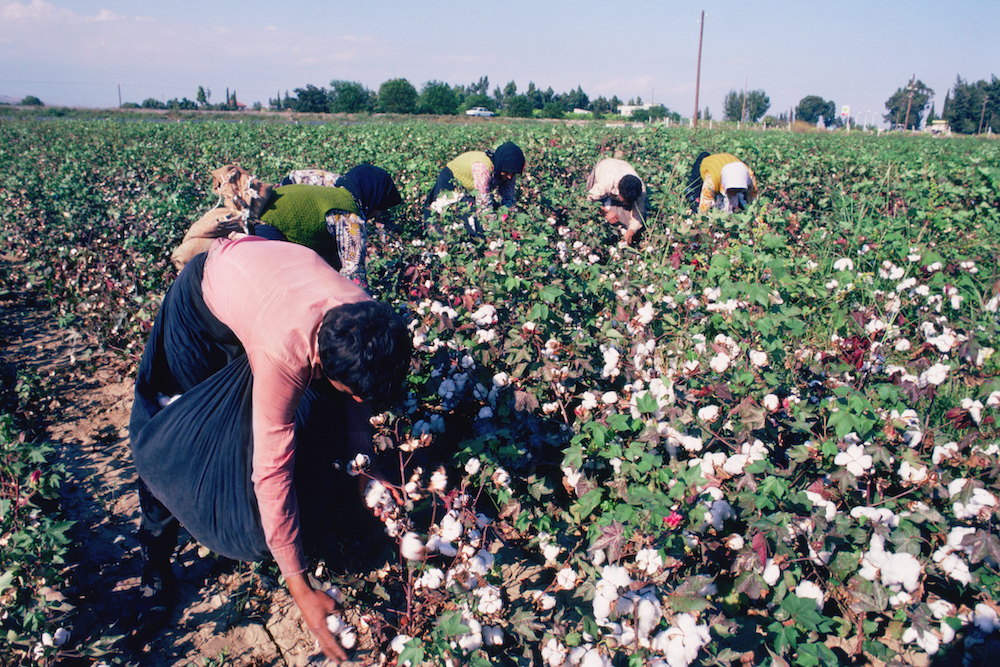- With so many interpretations of sustainability, no one in fashion really knows what it means.
- Some investors in fashion lines are looking at a company’s ESG performance instead.
- A New York-based fashion designer maintains that there’s no government entity regulating sustainability, yet a Swedish designer says there are too many ways to define it in his country, which has 100 sustainability designations.
In the world of fashion, the definition of “sustainable,” like beauty, is in the eye of the beholder. Currently, it depends on how an individual designer, manufacturer, or even shopper defines it.
“There’s a lot of confusion [about what sustainability means],” New York-based designer Gabriela Hearst, founder of the eponymous high-end fashion line, told attendees of the recent Business of Fashion Global Summit for the webinar “Is Sustainability a Dirty Word?” “There is no government entity regulating this.”
Yet in Sweden, too many — some 100 — designations for sustainable products exist, according to August Bard Bringeus, co-founder of the five-year-old menswear line Asket, which means ascetic in Swedish. Eileen Fisher, founder of her eponymous line of women’s clothing, told the panel that she is proud that her company is a certified B Corporation, a designation that a business meets verified standards for social and environmental performance, public transparency and meeting legal accountability to balance profit and purpose, according to B Corp’s website.
But does that mean any fashion designer that calls their clothing lines sustainable lives up to these same standards? Industry experts say not exactly.
With all these designations, consumers who want to feel good about the origins of the garb they wear and so-called sustainably made clothing are in the dark about what they are really buying. They also leave manufacturers to make their own interpretation of what customers with a social conscience want.
For example, some shoppers may be interested in clothing that is sustainably made. That could include, but not always, how the raw materials are sourced; whether those materials are farmed or mined in a way that replenishes the land; how the workers, including those in the fields and factories, on the supply chains and in the retail store, are treated; how much workers are paid; and whether the business itself is economically sustainable. Fisher said that nowadays more investors are interested in companies that factor environmental, social and governance (ESG) issues into their business plans.
Being able to check all the buttons of sustainability is a tall order for designers and manufacturers, who often, as Fisher did, learn once they open their companies and develop their lines.
When Fisher started her business 30 years ago, her idea was to create simply designed clothing with sustainably made fabrics. “It took me a while to figure out that while fibers are natural, it doesn’t mean that they’re made sustainably,” she told the panel. “Some [fabrics] were made with toxic chemicals, or herbicides and pesticides were used to grow the plants.”
So what can consumers do? Figure out what matters most to them when buying clothes.
All three panelists noted that while style matters first, socially aware customers can dig deeper by emailing the companies with questions.
Here’s what two clothing manufacturers aiming for a type of sustainability and transparency told Karma:
- Outerknown. “Outerknown has pioneered social and environmental sustainability since inception — from abiding by FLA [Fair Labor Association] standards before ever selling a stitch of clothing, to investing in and bringing Econyl [regenerated nylon] to market, turning ocean pollution into buttons and prioritizing preferred fibers (in 2019, over 90% of the fibers used were recycled, regenerated or organic).”
- Kotn. “Sustainability means for something to last and live on, and that pertains to the products we create, how they are created, with what materials they are created from, the relationships we create along the way and the impact our business creates.”






















